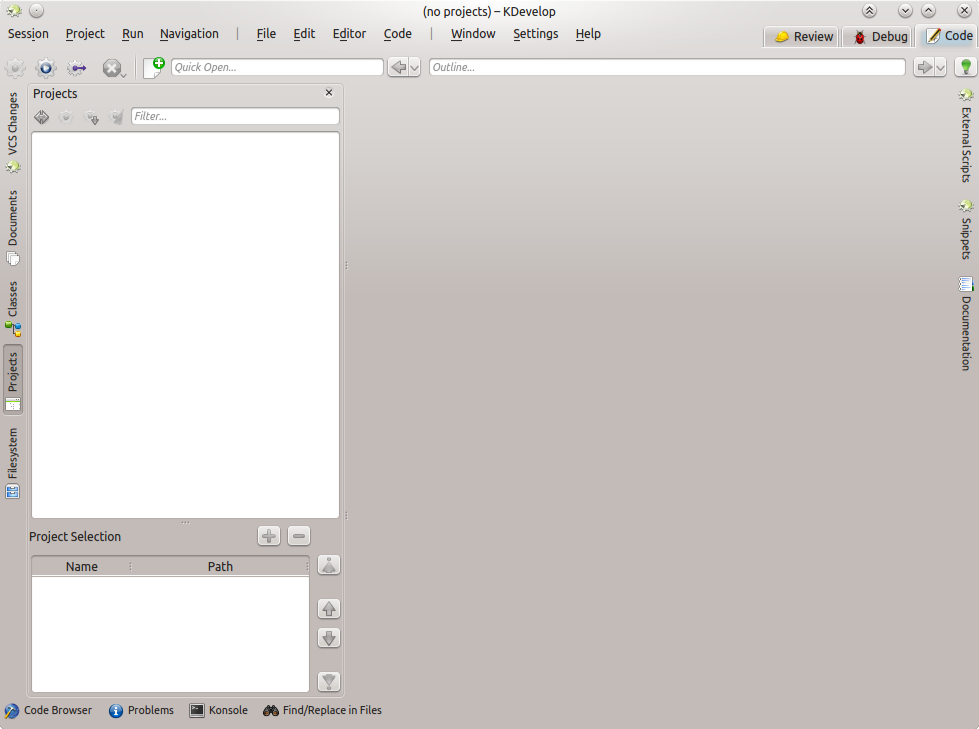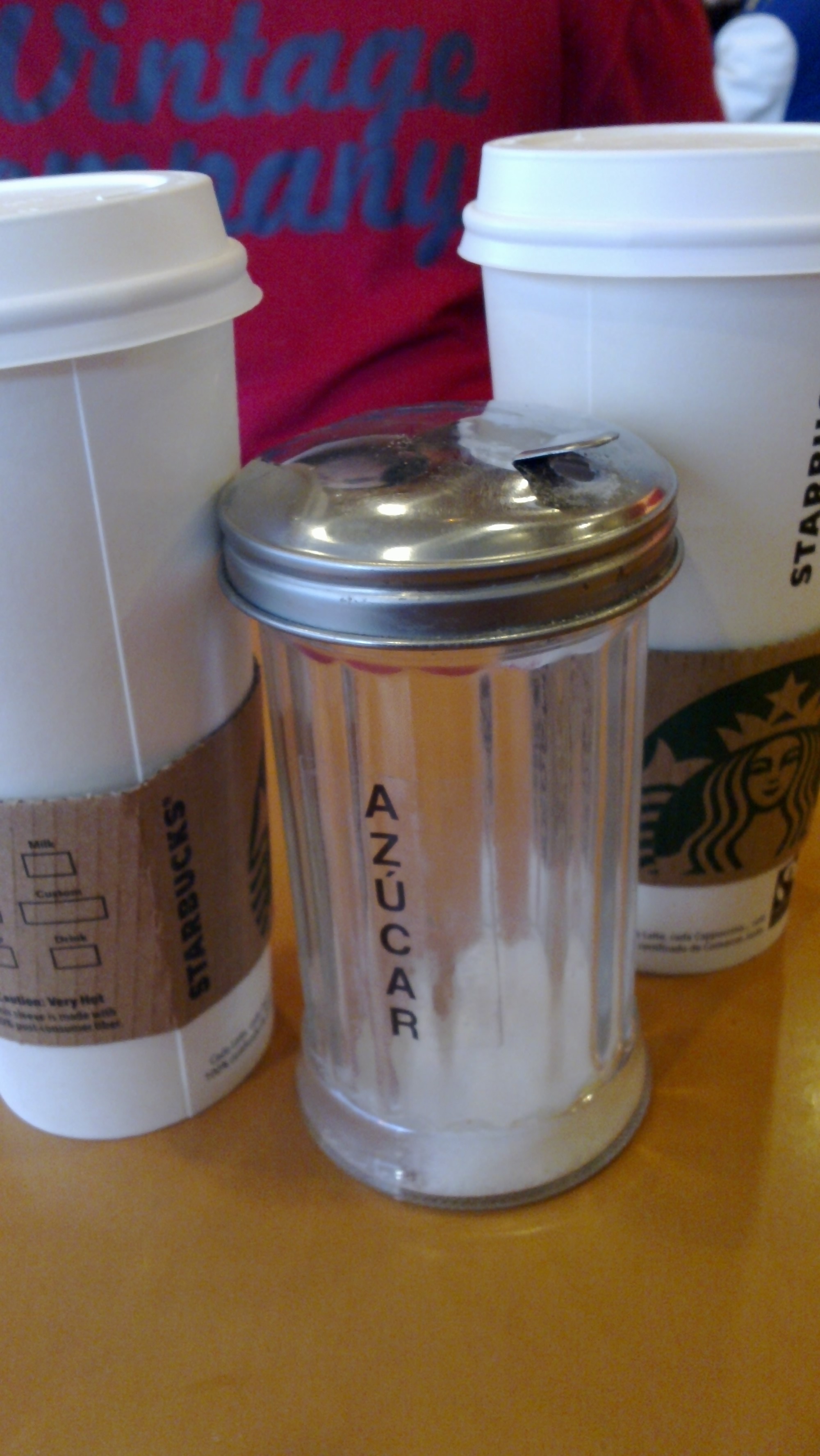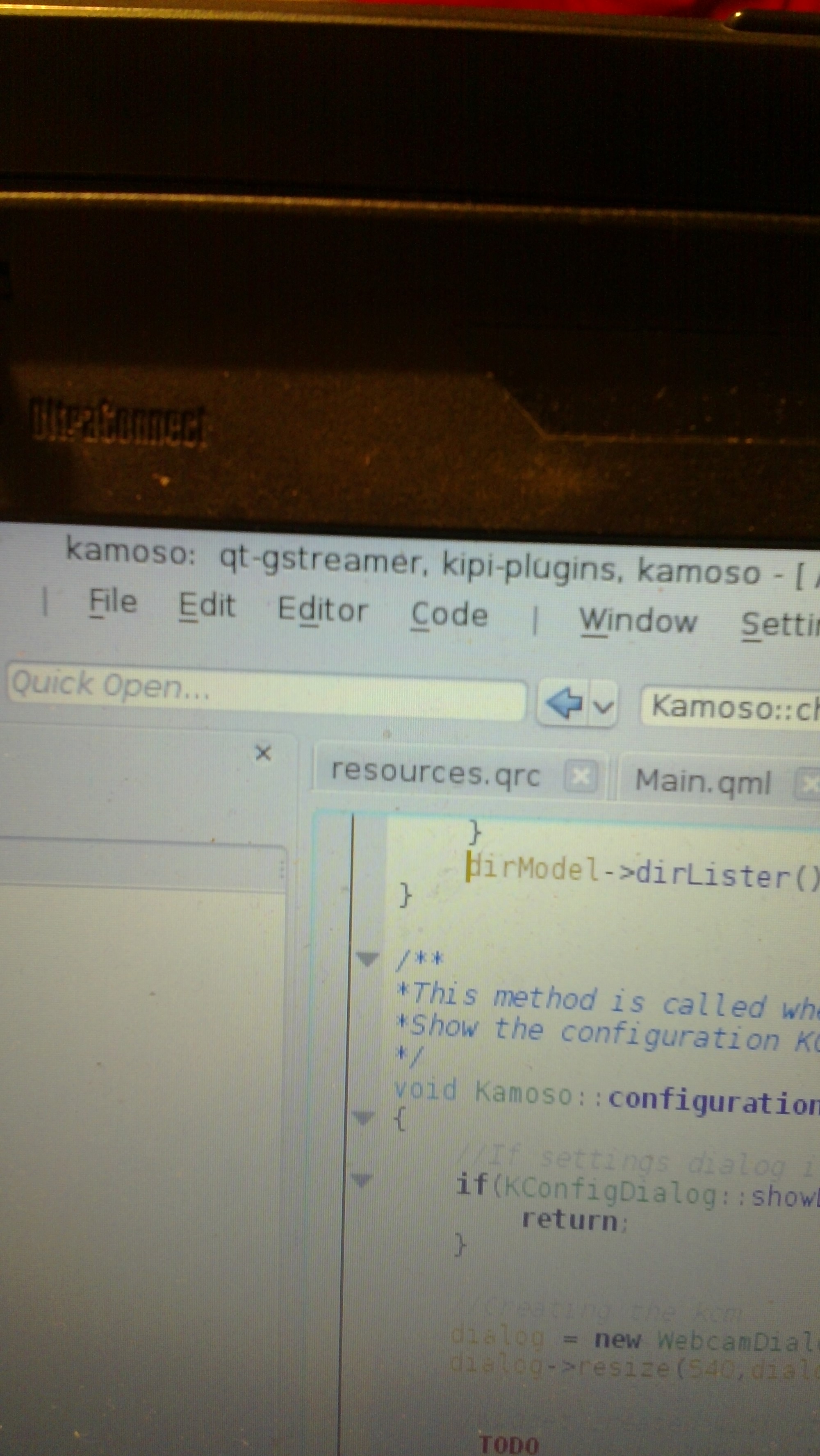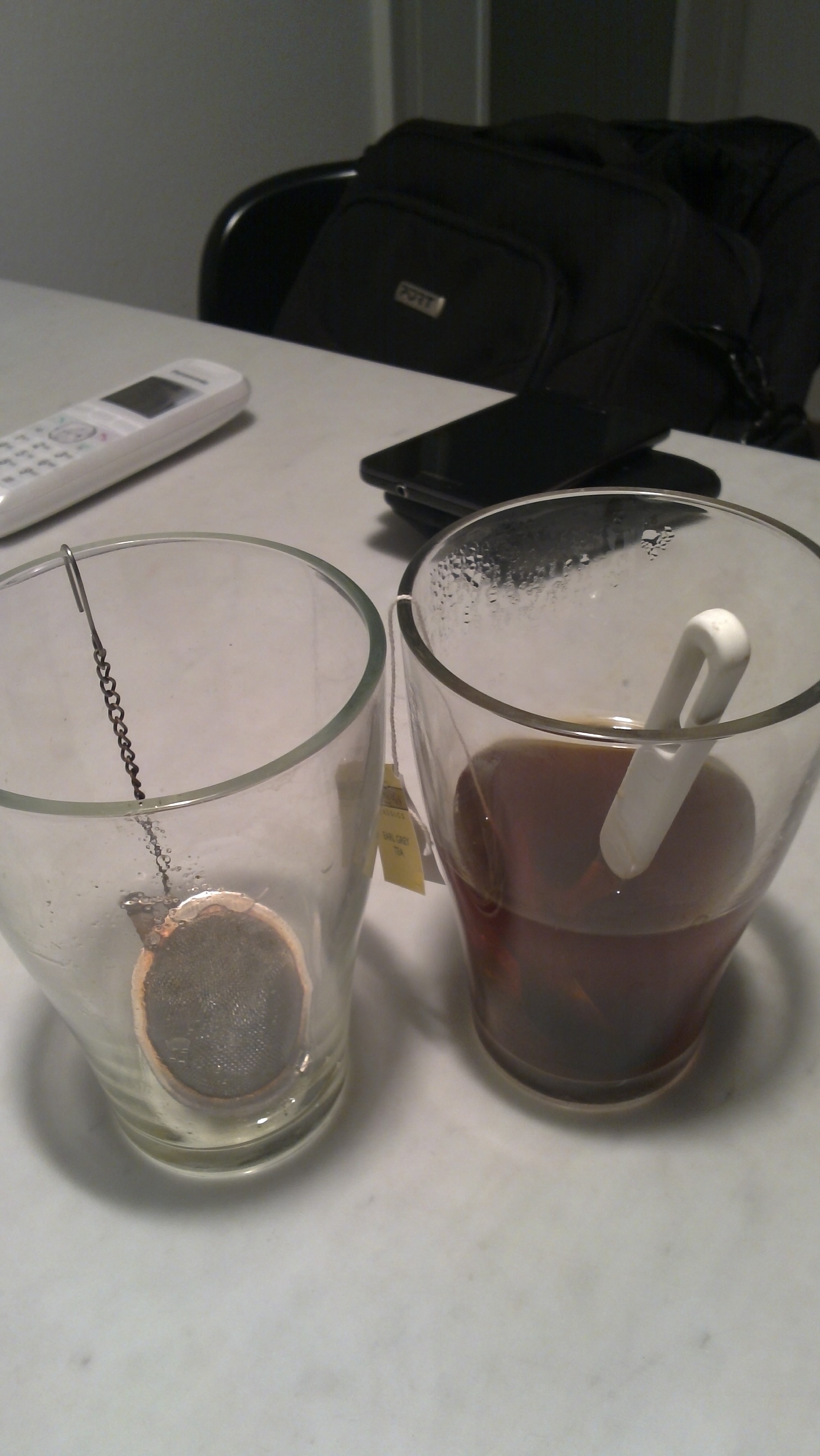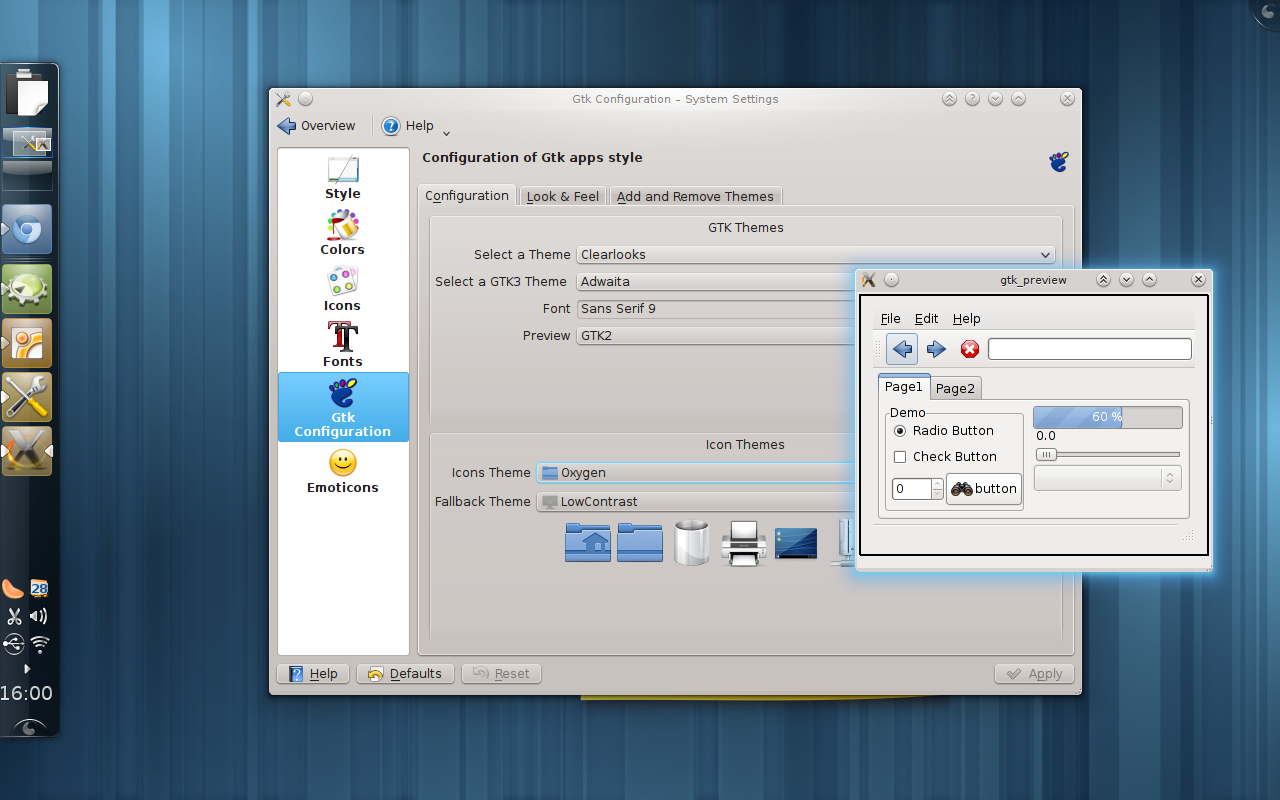Some time ago, I already talked about the project I started along with Blue Systems called Muon Discover. For those who didn’t follow, it’s some software to get to know the resources your OS is providing like applications.
Muon Discover has had quite a good welcome, somebody even recorded some pretty awesome review, but as you will understand we couldn’t stop there.
The first Muon Discover iteration was centered into building a new GUI to figure out your system’s available applications. The second iteration though, was meant to be an engine overhaul. The GUI wouldn’t change much but technically it changed a lot. Muon’s internal library was repurposed into a backend-based system where APT is only a backend, which means basically two things:
- Now we can have multiple backends
- Now we don’t depend on QApt
With all these changes, I chose to add another backend too (a backend-based system with 1 backend is sad), so I created some KNS+OCS backend that works well enough. At the moment, it is providing Plasmoids to be added to your KDE Desktop and Comics for your Comics Plasmoid. Here you can see a video of Muon Discover running on my ArchLinux system. 🙂
Muon Discover, KNS Backend from Aleix Pol on Vimeo.
Now the call for collaboration:
Do you want your OS resources to be available through Muon? Create a backend!
Do you want to support other resources than we’re displaying? Create a backend, or expose those through OCS.
Possibilities are wide and it’s a great moment to explore them. What do we want to offer? Only applications? Maybe also multimedia resources? Books? We have to figure all this out, and now it’s the moment to do so by joining the project :).
If there’s any way I can help, I’ll be glad to, so don’t hesitate to ask if there’s any question!
See you!

